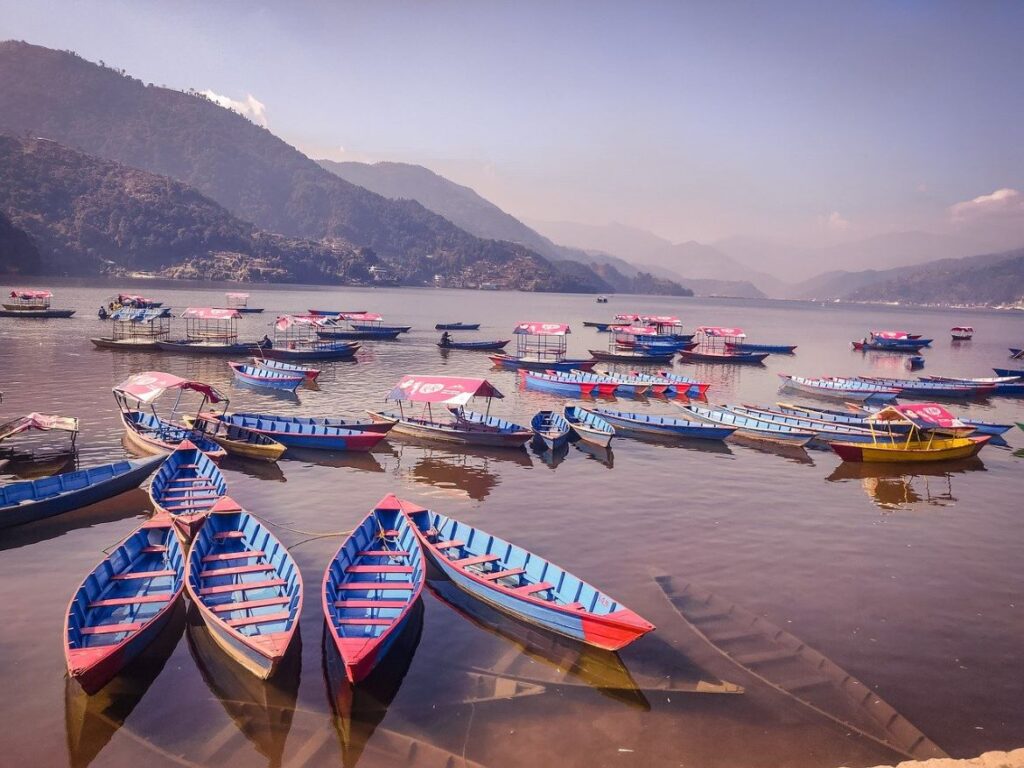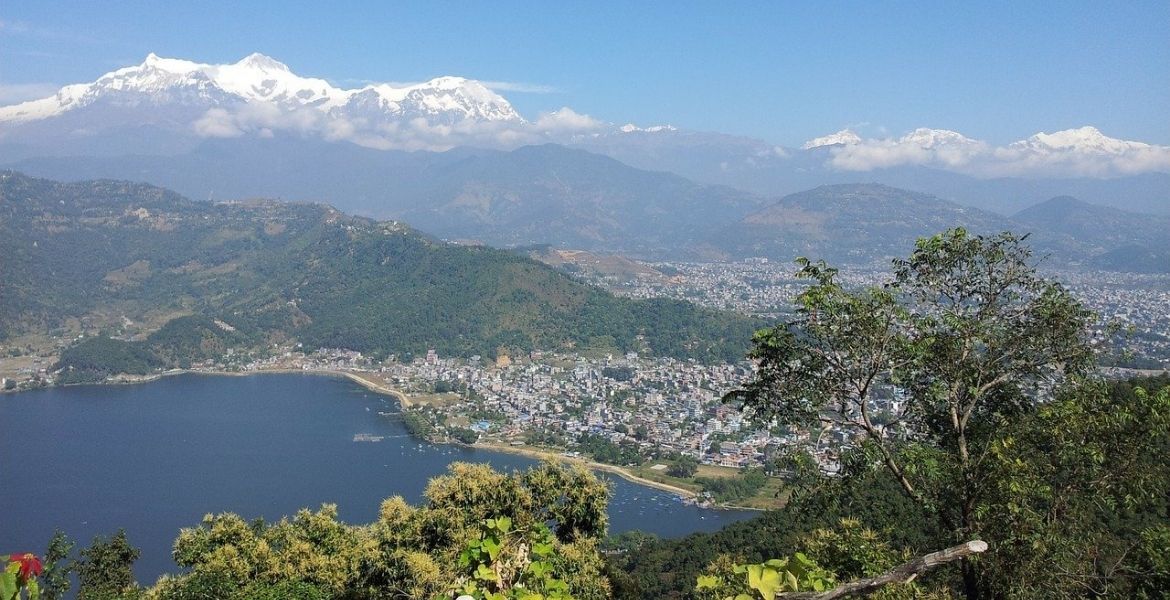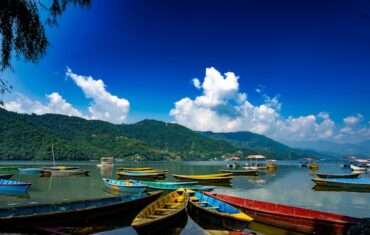Pokhara in Nepal is the second largest city in the country. It is a very popular destination especially because the main treks to reach the Himalayan mountains start from here, in particular the famous Annapurna.
In this article, however, we will not talk about trekking but about what you can do in Pokhara before, after or as an alternative to the famous walks in the mountains.
Pokhara in Nepal: How to Teach it
Pokhara is one of the main cities of Nepal so it is connected by a dense network of buses with Kathmandu, Lumbini, Chitwan.
Local buses are the cheapest but also the least comfortable ones. They generally arrive / depart from Old Bus Park in the Prithivi chowk area about 3km from the Lakeside tourist district. However, it is sufficient to get on one of the City Buses to reach the Phewa Lake area in about fifteen minutes. The cost of the ticket is 15/20 rupees.
Alternatively you can choose to reach / leave Pokhara aboard one of the buses of the private companies. In this case, the ticket must be purchased in advance at one of the travel agencies in the city. We recommend purchasing your ticket at least one day in advance if you want to take a night bus to / from Kathmandu. The trip takes about 7/8 hours depending on the road conditions.
What to See in the City
As anticipated, Pokhara attracts many people who use it as a starting point for trekking in the Himalayan mountains. In fact, the town has a lot to offer and we recommend that you spend at least a couple of days there. Here are the 5 things not to miss in Pokhara.
Phewa Lake
Lake Phewa or Fewa is the tourist center of Pokhara. In the area called Lakeside, there are most of the restaurants and tourist hotels. Phewa is the largest lake in the Pokhara area. Here it is possible to rent a rowboat (with or without a “driver”) and sail on the lake, reaching the temple built on a small island a few meters from the shore. The cost of renting the boats is quite high and starts from 500 rupees for an hour of rowing boat without a driver (maximum 4 people per boat) to which must be added 20 rupees each for the mandatory life jackets. The sunsets over Phewa Lake, weather permitting, are a real spectacle.
World Peace Pagoda
A beautiful white stupa, built by the Japanese government, tomorrow the hill in the Damside side of Lake Phewa. The real reason to arrive here, however, is not the stupa but the wonderful view from the top that on sunny days allows you to see the Annapurna mountains. There are 3 ways to reach the World Peace Pagoda . The first is to rent a boat from the Lakeside area , reach the other side of the lake and from there make the ascent to the stupa. This is definitely the most scenic and relaxing way, but not the cheapest one, as boat prices are quite high (one way to the 500 Rupee pagoda).
The second way is to walk from Lakeside to the pagoda. It is a walk of about 5km, flat up to the Dam side area and then uphill through the woods. The path is well marked and with a medium / slow pace it takes about 3 hours. It can be a training for future trekking. If necessary, it is possible to shorten the route by taking a city bus to the Chhorepatan stop and from there start the path through the woods.
The third way to reach the World Peace pagoda, the fastest and most expensive, is by taxi. The price depends on the bargaining skills!

Davis Waterfall and Gupteshwor Cave
To combine with the visit to the World Peace Pagoda, there is certainly also the visit to Davis Waterfall and the cave. Both located near the Chhorepatan bus stop, we have to admit they are a bit disappointing. Especially the waterfall, whose view is partially blocked by a grate. The cave, on the other hand, is right in front of the waterfall entrance, on the other side of the road.
Bindhabasini Temple and the Old Town
According to no, this is the most beautiful area of Pokhara. Old houses with carved wooden windows, fruit and vegetable markets and temples that pop up in the middle of the street are a perfect escape from the bright and touristy signs of the Lakeside area.
Bindhabasini Temple is the religious center of this area of the city called Old Bazar. It is a domed structure built on top of a small hill. It is dedicated to the goddess Bhagwati, another manifestation of Shakti. From here you can enjoy a beautiful view of the mountains and the city. At the base of the temple are well-kept gardens.
It is possible to explore this area by renting bicycles(300/400 rupees per day) or a scooter (700/1200 rupees per day). Alternatively, you can take a city bus to the Baglung Bus Park stop.
We also recommend including a visit to Tibetan Refugee Camp which is located in the Prithivi chowk area and reachable by city bus. It is a small Tibetan settlement with a temple and some houses. There is also a restaurant that serves some really delicious chowmeins and buff momo!
Mahendra Gufa
Mahendra Gupha is another of Pokhara‘s natural beauties. It is a huge cave also called “Bat cave” in honor of its many inhabitants. It’s a two-hour walk north of Lakesdide. Alternatively, you can take a bus to the Sahid Smriti Bus station and continue on foot.

Emily is an environmental and tourism writer focused on sustainable travel, conservation efforts, and how Nepal’s natural wonders are being preserved for future generations.









